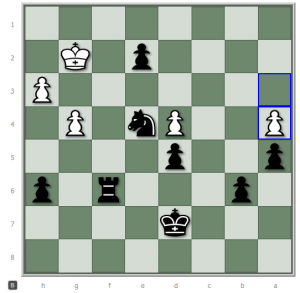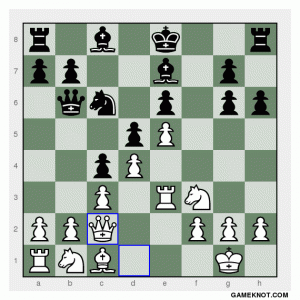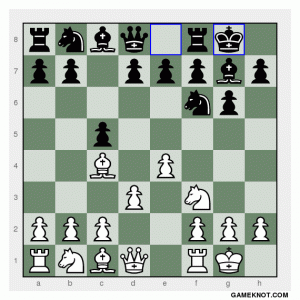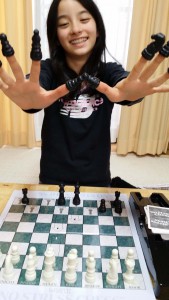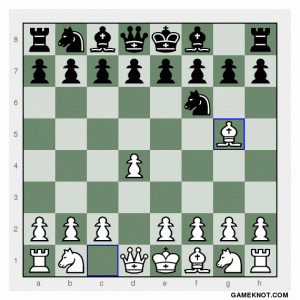
Magnus Carlsen (white) played the Trompowsky Attack in the opening game of the World Chess Championship 2016.
Although World Chess Champion Magnus Carlsen has used the Trompowsky Attack before, it came as quite a surprise as it is not the most common way to continue after the moves 1. d4 Nf6.
The Trompowsky opening has less theory attached to it compared to other Queen’s Pawn openings, which may be one reason why Magnus Carlsen chose it for the first game of the championship.
Another reason, as he partially admitted in the post-match press conference, may have been that the name sounds like “Trump-owsky” and was a cheeky way to refer to Donald Trump’s victory in the US presidential election earlier in the week. Magnus Carlsen’s family certainly thought so. When asked if that had anything to do with his choice of opening he replied, with a grin,
